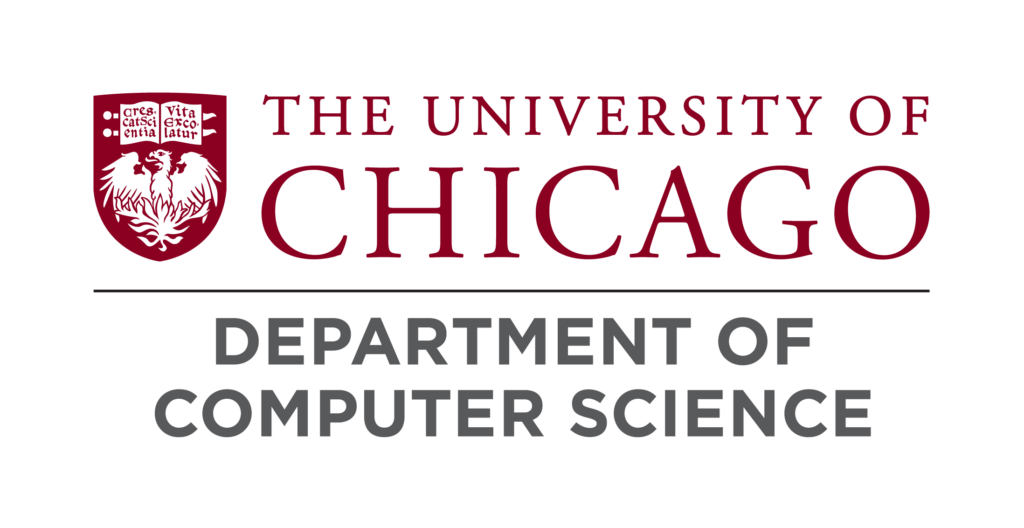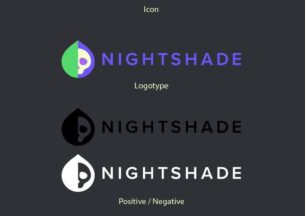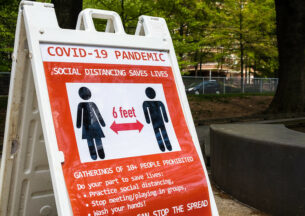Victor Veitch, New UChicago Data Science Faculty, Builds “Safe and Credible” AI Systems

Machine learning has made dramatic strides on several tasks that were once the exclusive territory of the human mind. In many areas, neural networks and other ML approaches can identify images, make predictions and decisions, and generate realistic language with the same accuracy — or better — than humans. But often these systems arrive at their outputs through logic that humans would find bizarre…if you can even tell how they reached those conclusions at all.
Victor Veitch, a new assistant professor in the Department of Statistics and one of the first faculty hires in the University of Chicago’s new data science initiative, wants to see a future of “safe and credible” artificial intelligence. In order to realize that vision, he’s interested in revising the foundations of machine learning so that models work in ways more palatable to humans and human values, instead of today’s black boxes and non-sequitur logic.
That research involves studying the intersection of causal inference and machine learning — encompassing, Veitch says, both “causality for machine learning” and “machine learning for causality.
“All applied problems in data science are problems of causal inference,” Veitch said. “What people really want to know is, what is going to happen in the world if I do X? It’s not enough to just say, what’s the correlation or what prediction can I make here; you actually want to answer questions about if I do this, what’s going to happen?”
The interest is the latest in Veitch’s mercurial career path thus far, which has run from theoretical physics to quantum computing to statistical foundations as he has moved between the Universities of Waterloo and Toronto and Columbia University. His new position at the University of Chicago will also be split with a continuing role at Google Cambridge, where he works with their causality group.
That broad experience gives Veitch a fresh perspective in the very crowded research area of machine learning. The physics and statistics background gave him the strength to understand and improve the mathematical structure of deep learning systems, while his interests in effective altruism encouraged him to focus on expanding and refining the potential of machine learning, an “important and beautiful” subject.
“There’s an overall compelling argument that one of the things that humanity as a whole should care a lot about is making AI systems that align well with human values and behave in the ways that we want them to behave,” Veitch said. “I think it is one of the most important problems facing humanity today.”
Thus far, his research has focused on improving machine learning pipelines to estimate causal effects, rather than merely making “black box” predictions that don’t explain why a particular outcome is expected. Moving ML in this direction will be especially useful for fields such as medicine and epidemiology, which seek to know more about the effectiveness of treatments or the health effects of exposure to pollution. Veitch is also interested in adapting these causal pipelines for images and text, where neural networks show tremendous advantages over traditional statistical techniques.
That research has led him to unique collaborations such as work with Crisis Text Line, a non-profit organization that provides mental health crisis counseling via text messages. By analyzing transcripts of text conversations with causal machine learning, the researchers could find which approaches are most effective in helping individuals out of a crisis, guiding future interactions. The project and similar work on creating influential language in emails or social media messages involves grafting machine learning with natural language processing and network theory.
While these threads seek to bend the existing logic of machine learning to produce causal insights, Veitch’s other research focus aims to reverse the equation, using causality to change the way machine learning “thinks.” Current systems will often return answers without understanding the context; for example, when you ask a search engine a question, it will return results associated with that text string on different sites, which usually provides an answer but can sometimes produce bizarre or distorted results.
“When we use machine learning methods to solve predictive problems, they often do a great job for really stupid reasons,” Veitch said. “If we think about how humans make decisions, there’s always an implicit causal model at work in our minds. In this area of research, the high level question is how do we use ideas from the mathematical formalism of causal inference to incorporate our human knowledge of the causal structure of the world into the behavior of these predictive systems?”
The result could be machine learning models that don’t exactly think like humans, but that use logical processes that are more familiar to our brains. That could make them more effective partners in tasks such as medicine, hiring, and writing, reduce nonsensical glitches or unethical decisions, and even stave off the science-fiction worst case scenario of a malevolent artificial intelligence.
“The goal is not really to make machine learning models act more like humans, the goal is to make them act in a way that aligns well with your values,” Veitch said. “In the long term, that doesn’t mean human-like decisions at all. But in the short term, I think there are certain aspects from human cognition that we would really like to like to preserve.”
In addition to his research, Veitch will teach courses on causality and machine learning as part of the new data science initiative at UChicago. The university’s vision for data science, with its focus on establishing both the foundations and interdisciplinary applications of the new field, attracted Veitch to campus,
“Many universities are expanding their data science efforts, but UChicago struck me as the most ambitious program,” Veitch said. “The university is treating it as a new field of human endeavor, pulling in insights from all kinds of fields with the goal of identifying the key open problems in this field and defining the area. That level of ambition really appealed to me.”












